How to Use Gamification in Mobile Apps
The mobile app landscape is more competitive than ever. With millions of apps available across app stores, capturing and retaining user attention has become a significant challenge. For mobile app developers, integrating gamification into their designs can offer a powerful solution. Gamification is the application of game-design elements and principles in non-game contexts to engage users, motivate actions, and enhance user experiences. By leveraging gamification, mobile app developers can transform ordinary tasks into enjoyable and rewarding experiences, driving user engagement and retention.
Understanding Gamification

At its core, gamification taps into basic human psychology. People are naturally drawn to challenges, rewards, and recognition. Gamification elements such as points, badges, leaderboards, and progress tracking satisfy these innate desires, providing users with a sense of achievement and purpose. For mobile app developers, understanding these principles is essential to creating engaging user experiences.
Gamification is not limited to games. Its applications span across industries, from fitness apps like Strava to productivity tools like Duolingo. In each case, the success of gamification lies in how well it aligns with the app’s core purpose and user goals. For developers, the key is to implement these elements thoughtfully, ensuring they enhance the app’s functionality rather than detract from it.
Designing a Gamification Strategy
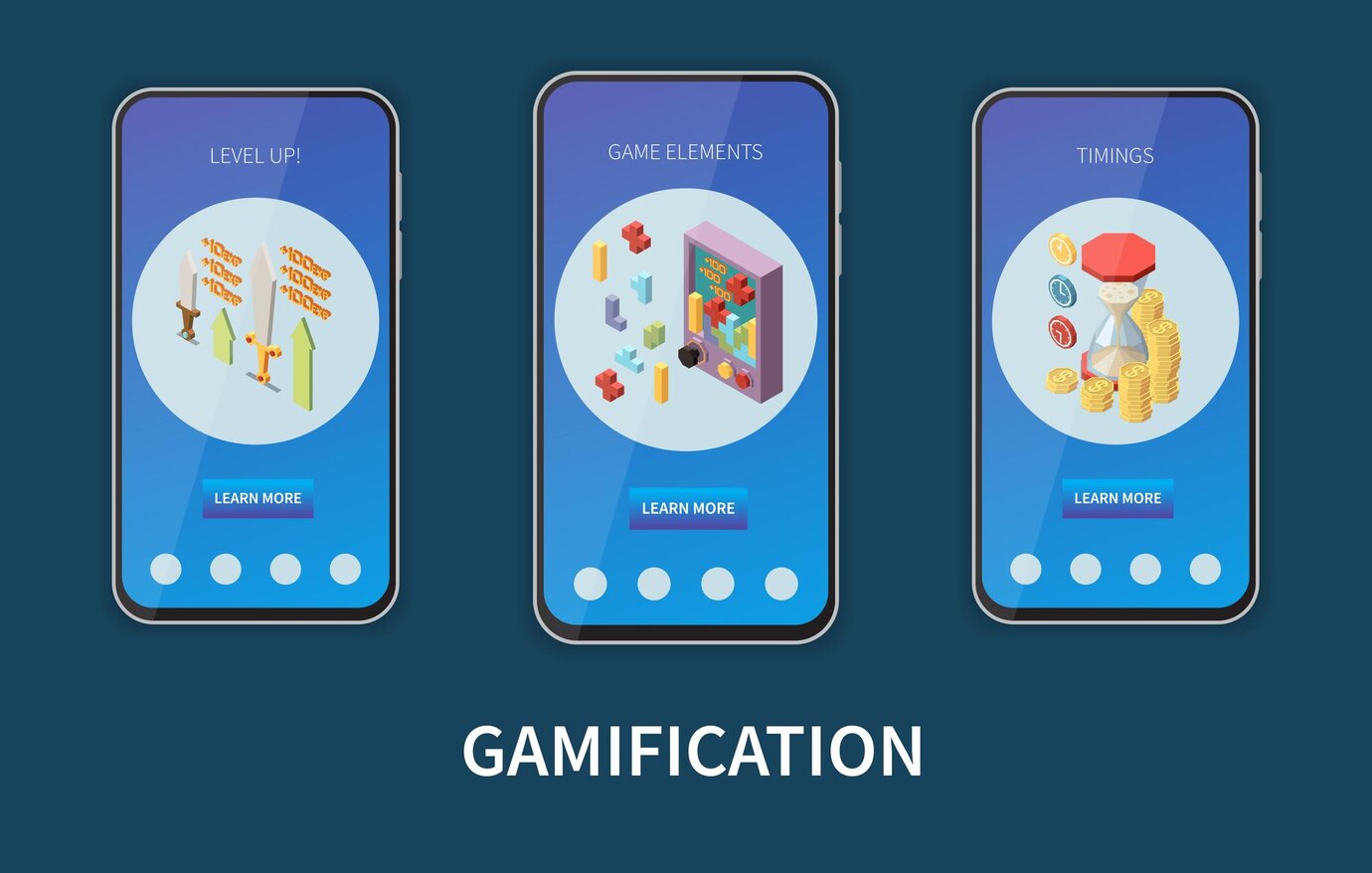
When mobile app developers decide to incorporate gamification, the process begins with a clear strategy. This involves understanding the target audience, defining the app’s objectives, and identifying the actions that developers want to encourage. For instance, in a fitness app, the goal might be to motivate users to exercise regularly. In an educational app, the objective could be to encourage consistent learning.
Once the goals are defined, developers can select the most appropriate gamification elements. Points and rewards work well for short-term motivation, while progress tracking and streaks foster long-term engagement. Badges and achievements provide social proof and recognition, motivating users to strive for more.
Implementing Gamification Elements
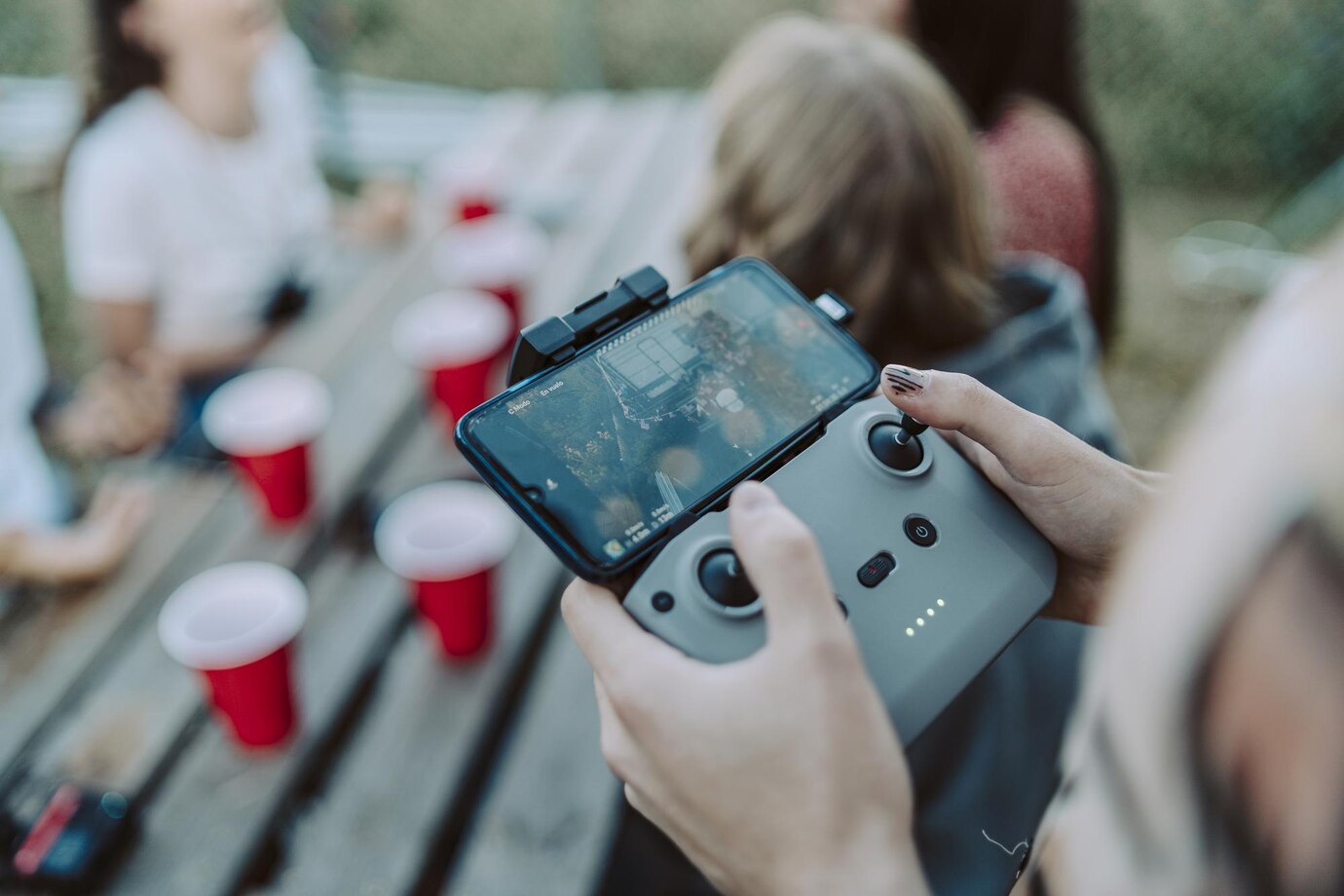
For mobile app developers, the implementation phase is critical. Each gamification element should be seamlessly integrated into the app’s design, ensuring it complements the user experience rather than disrupting it. Below are some popular gamification elements and how developers can utilize them effectively
Points and Rewards:
Assign points for completing specific actions within the app. These points can be redeemed for tangible rewards, virtual goods, or simply serve as a measure of progress. For instance, a meditation app might reward users with points for completing daily sessions.Leaderboards:
Allow users to see how they rank compared to others. This fosters a sense of competition, encouraging users to perform better. However, developers should ensure leaderboards are balanced to avoid discouraging less-active users.
Progress Bars:
Visual representations of progress, such as bars or meters, can motivate users to complete tasks. For example, in an e-learning app, a progress bar might indicate how much of a course has been completed.
Achievements and Badges:
Recognize users’ accomplishments with badges or trophies. These can be displayed on user profiles, serving as a source of pride and motivation.
Challenges and Quests:
Create tasks or missions that users can complete for rewards. For example, a fitness app might challenge users to complete a certain number of steps in a week.
Streaks:
Reward users for consistent activity over time. Duolingo’s streak feature, which tracks the number of consecutive days a user practices, is a prime example of this.
Avoiding Common Pitfalls
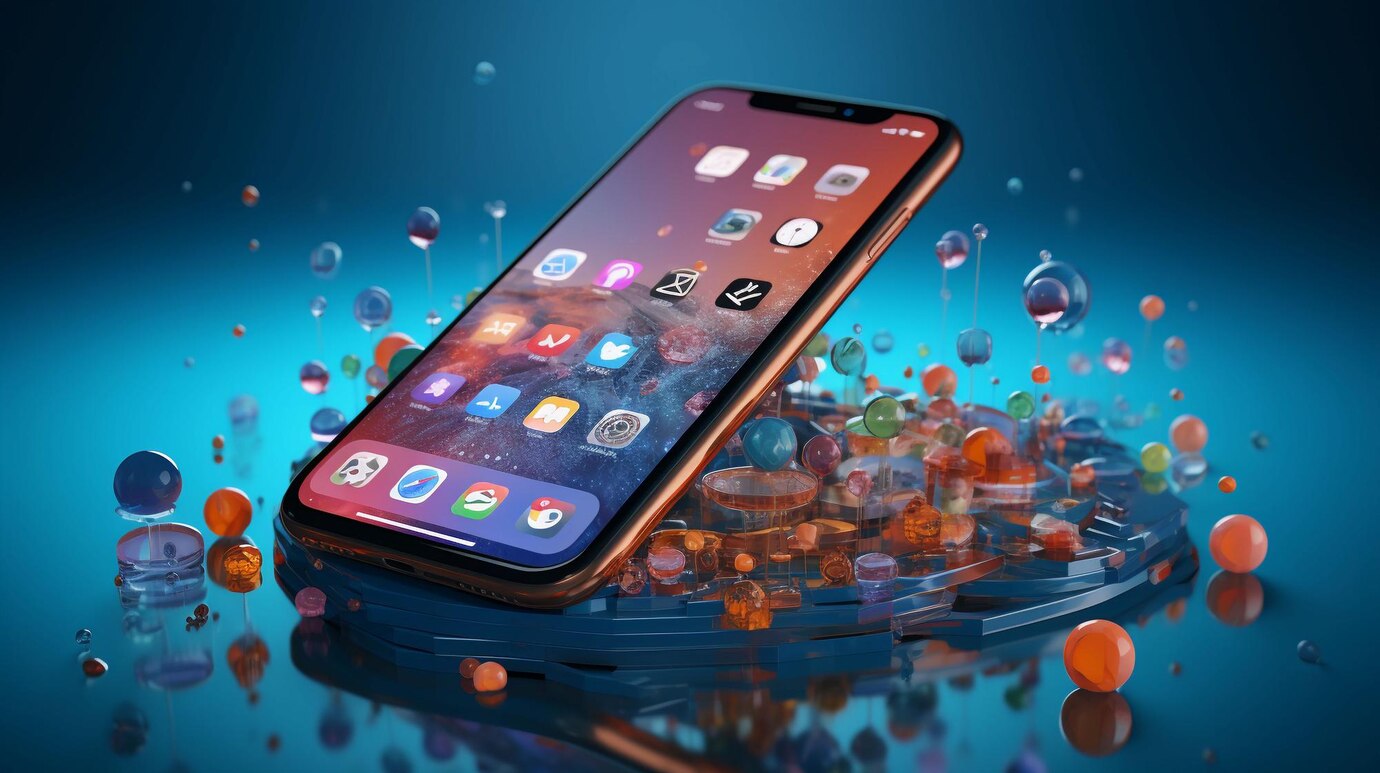
While gamification can significantly enhance an app, improper implementation can have the opposite effect. Mobile app developers should avoid overcomplicating the experience or making rewards feel superficial. If users perceive the gamification elements as gimmicky or irrelevant, they may lose interest in the app altogether.
Another common pitfall is failing to update or evolve the gamification features. Over time, users may grow accustomed to existing rewards and challenges, leading to diminished motivation. Developers must continuously refresh and expand their gamification strategies to keep users engaged.
Measuring Success
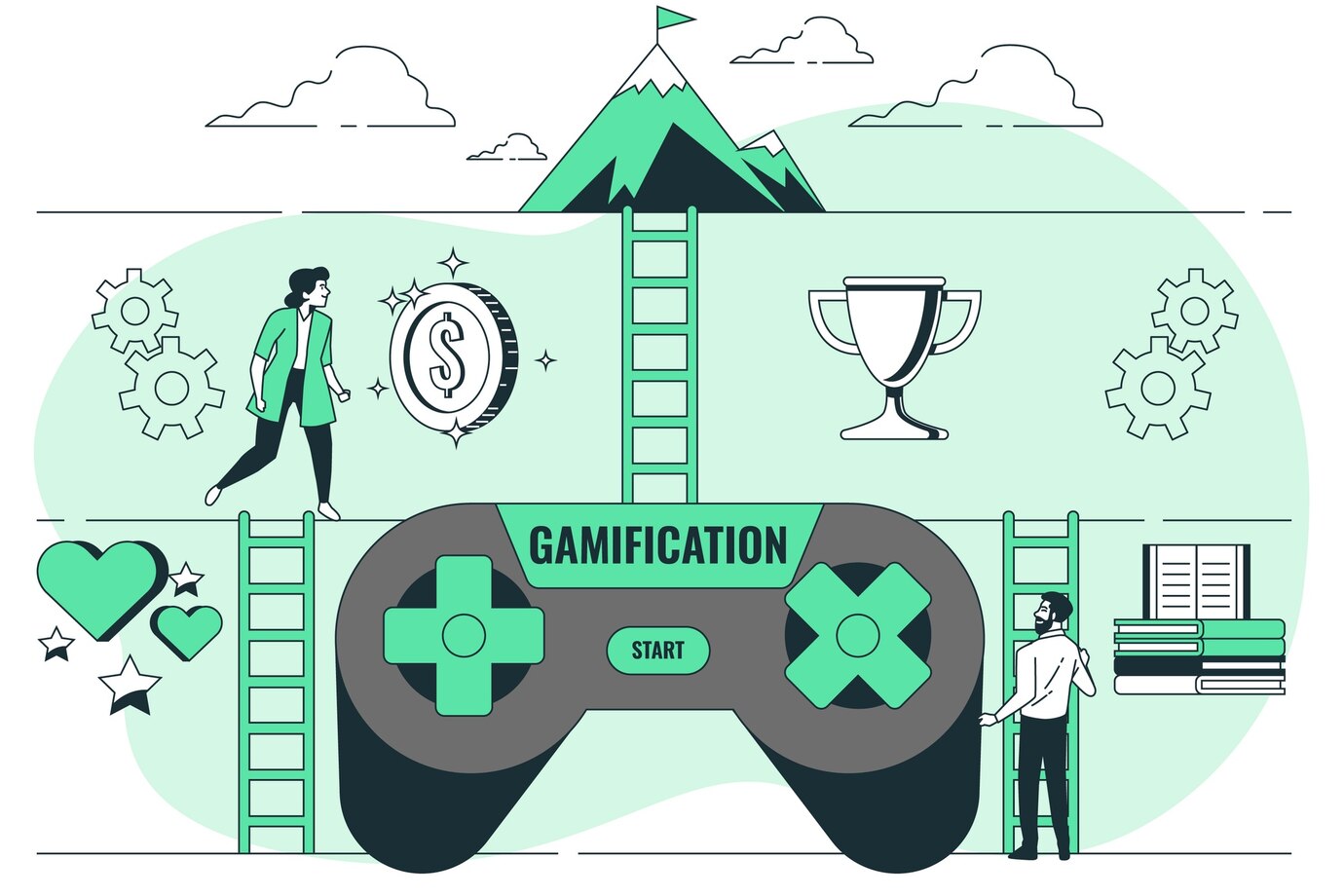
For mobile app developers, measuring the success of gamification efforts is crucial. Key performance indicators (KPIs) such as user engagement, retention rates, and time spent in-app can provide insights into the effectiveness of gamification elements. Developers should also collect user feedback to understand how gamification impacts the overall experience and make necessary adjustments.
A/B testing is another valuable tool for evaluating gamification features. By comparing different implementations, developers can identify which elements resonate most with users and refine their strategies accordingly.
The Future of Gamification in Mobile Apps
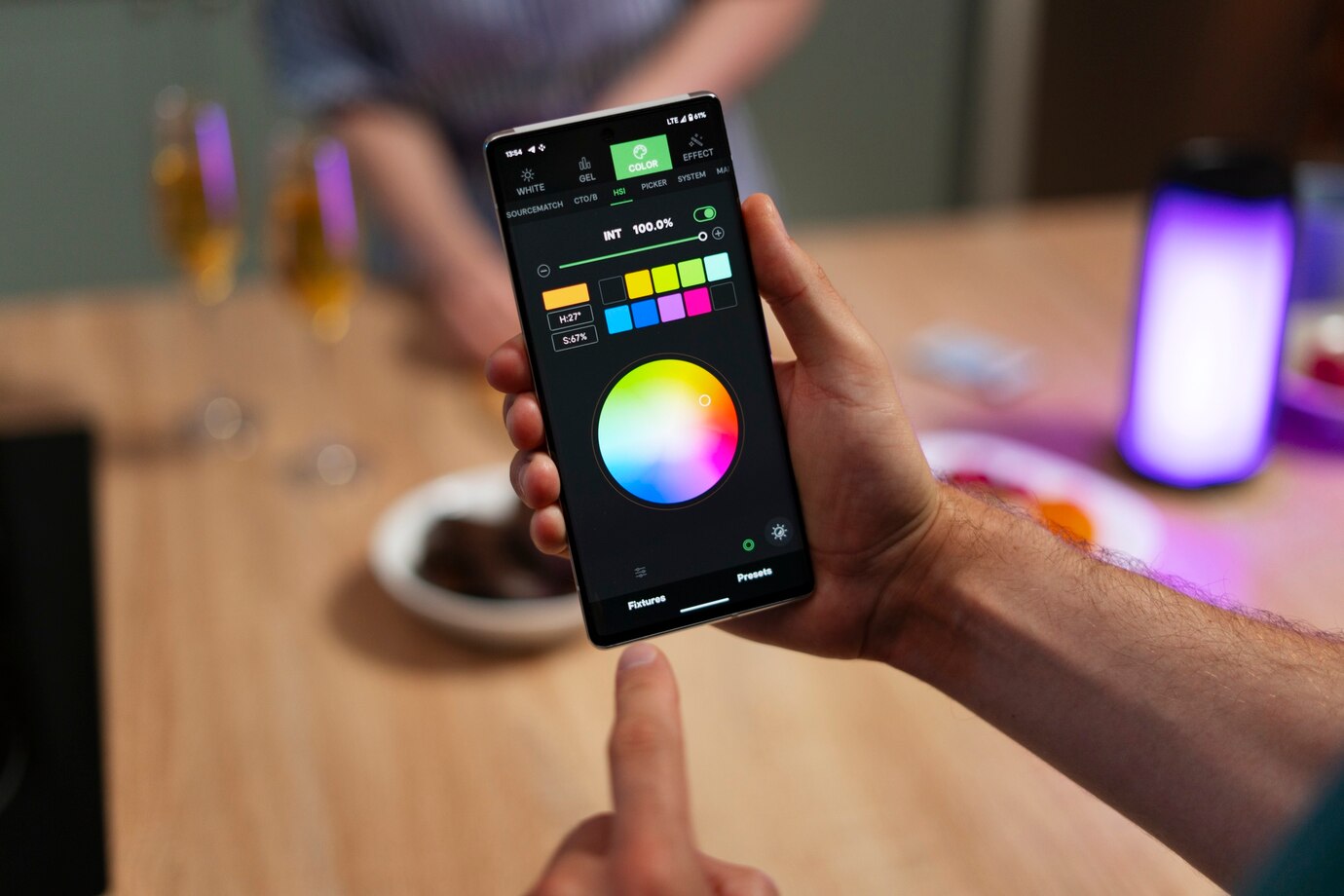
As technology evolves, so too does the potential for gamification. Emerging technologies like augmented reality (AR) and artificial intelligence (AI) open up new possibilities for immersive and personalized gamified experiences. For instance, an AR fitness app could turn daily workouts into interactive adventures, while AI-driven personalization could tailor challenges and rewards to individual user preferences.
For mobile app developers, staying ahead of these trends is essential. By embracing innovative approaches and continuously iterating on their designs, developers can ensure their apps remain engaging and competitive in an ever-changing market.
Conclusion
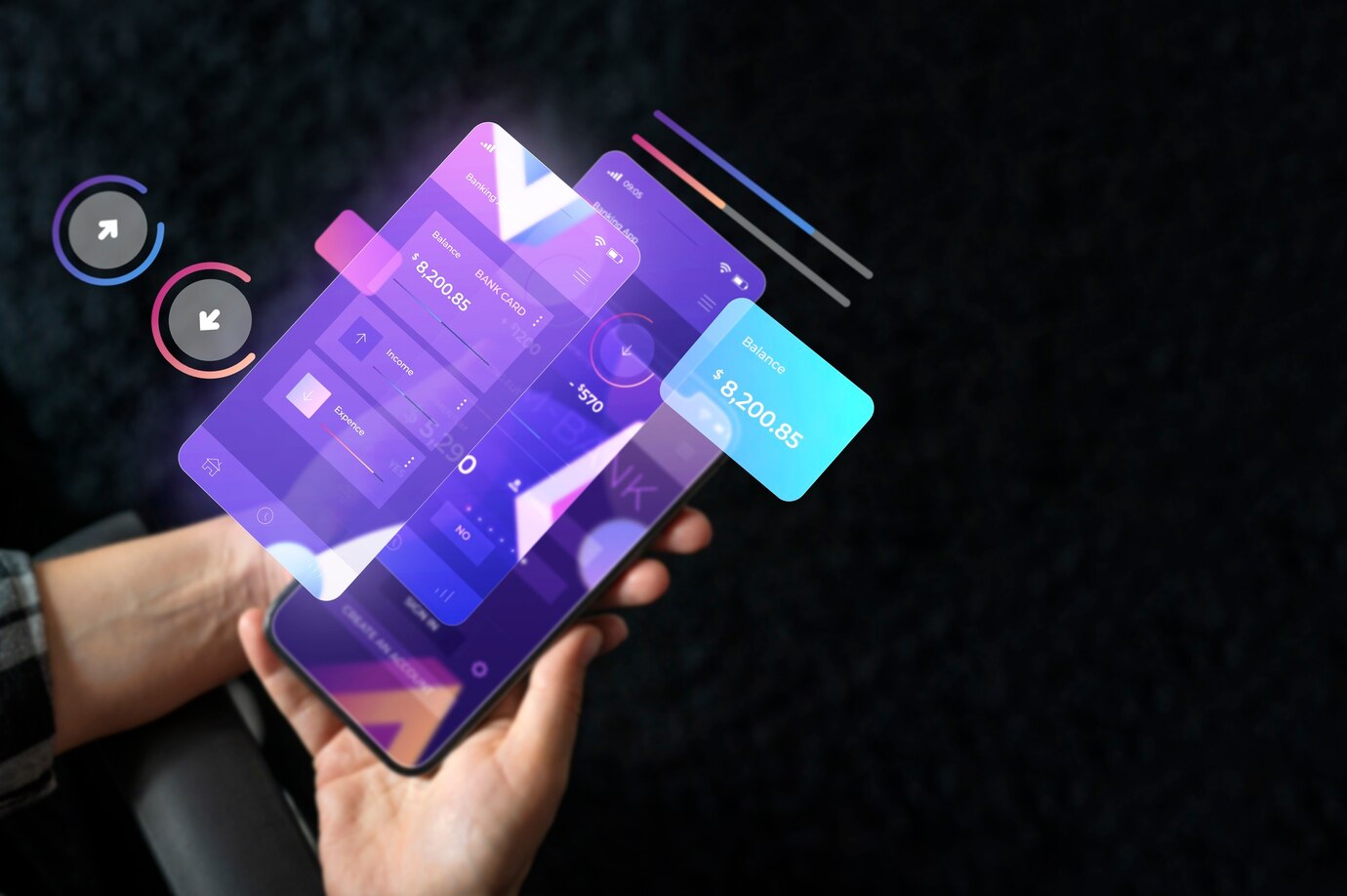
Gamification has proven to be a game-changer for mobile app developers seeking to enhance user engagement and retention. By incorporating elements like points, leaderboards, and challenges, developers can create apps that not only fulfill their functional purposes but also provide enjoyable and rewarding experiences. However, successful gamification requires thoughtful implementation, continuous iteration, and a deep understanding of user behavior.
As the mobile app industry continues to evolve, gamification will remain a vital tool for developers aiming to stand out in a crowded market. By harnessing the power of gamification, mobile app developers can transform their apps into platforms that users love and return to time and again.






